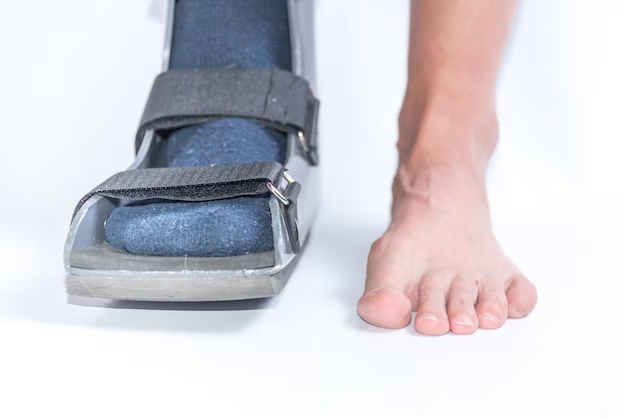Is Medicare Your Solution for Orthotics to Combat Plantar Fasciitis?
Living with plantar fasciitis can feel like walking on pins and needles—literally. The sharp heel pain, especially first thing in the morning, can make even the most vibrant among us dread the simple act of standing up. For many, orthotics are a game-changer, offering relief and support that standard footwear just can't match. But can Medicare help cover the cost of orthotics for those coping with plantar fasciitis?
Understanding Medicare Coverage
Medicare, the federal health insurance program primarily for people aged 65 and over, offers different parts that cover various health needs. Medicare Part B could be your ticket to getting orthotics covered, but only under specific conditions. Generally, Medicare Part B covers durable medical equipment (DME), and orthotics designed as part of DME are potentially eligible if deemed medically necessary and prescribed by a doctor. However, Medicare does not cover orthotics solely to alleviate foot pain or discomfort, unless they are an integral component of a diabetic management plan.
Steps to Get Coverage
To navigate Medicare's maze-like coverage for orthotics, consider these steps:
Consult with Your Doctor: Ensure your healthcare provider understands your need for orthotics as part of a larger treatment plan for a specific medical condition.
Verify the Necessity: The orthotics should be medically necessary and detailed in your treatment plan. Having a condition like diabetes may increase the chances of coverage.
Choose Medicare-Approved Suppliers: Purchase orthotics from suppliers that accept Medicare assignment to avoid unnecessary out-of-pocket costs.
Beyond Orthotics: Additional Financial Assistances
Even if Medicare doesn’t cover your orthotics, there are various programs and strategies to make your healthcare journey more affordable.
Financial Aid and Government Programs
- Medicaid: Speaks to those who meet income eligibility, offering a broader range of coverage than Medicare.
- State Assistance Programs: Many states have initiatives to help cover medical and living costs for seniors and those with disabilities.
Alternative Debt and Relief Options
- Medical Credit Cards: Designed specifically for healthcare-related expenses, these cards offer deferred interest promotions.
- Healthcare FSAs or HSAs: Tax-advantaged accounts allow you to save and spend on healthcare expenses, including orthotics.
Educational Grants and Solutions
- Chronic Disease Workshops: Often provided by community centers and hospitals to educate and provide management strategies sometimes, including subsidized equipment.
Understanding Medicare’s limits and exploring financial assistance options can help bridge the gap between necessity and affordability. Whether it’s finding the right program or making the most of credit options, remember that financial relief can be just as healing as physical relief. Don’t let financial pain stand in the way of addressing your plantar fasciitis.
Financial Assistance Resources for Orthotics
- 💡 Medicaid: Broader state-level coverage for eligible individuals.
- 🏥 State Assistance Programs: Subsidies for seniors or disabled individuals.
- 🏦 Medical Credit Cards: Useful for immediate relief with deferred interest options.
- 🗂️ Health Savings Accounts: Tax-advantaged savings for medical needs.
- 📚 Educational Workshops: Learn and manage conditions with resource sharing.
Taking proactive steps to understand your options can provide both financial and physical comfort as you tackle the challenges of plantar fasciitis.

Related Topics
- Am I Elgible For Medicare
- Am I Enrolled In Medicare
- Am I Qualified For Medicare
- Are Adult Diapers Covered By Medicare
- Are Chemotherapy Drugs Covered By Medicare Part d
- Are Colonoscopies Covered By Medicare
- Are Covid Tests Covered By Medicare
- Are Cpap Machines Covered By Medicare
- Are Cpap Supplies Covered By Medicare
- Are Dental Implants Covered By Medicare